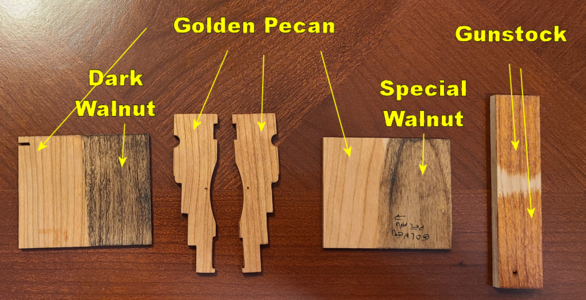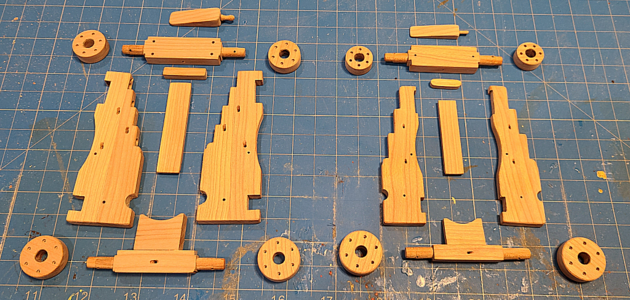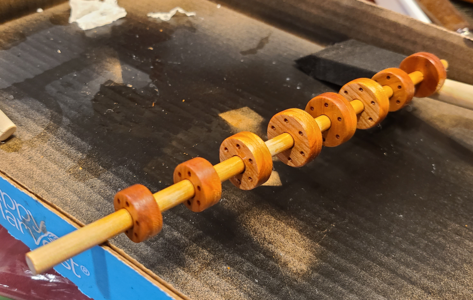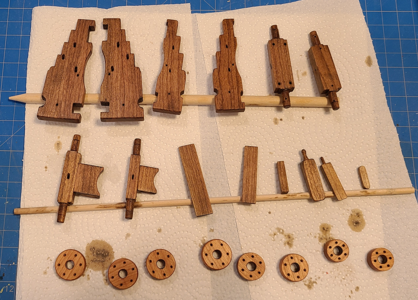Next I cut the upper portion of the brackets to the proper angle too. There is a 2.8 degree difference between the top and bottom of them. This gives me the four pieces used for the brackets, with the scrap of the last cut at the top, to be used next:
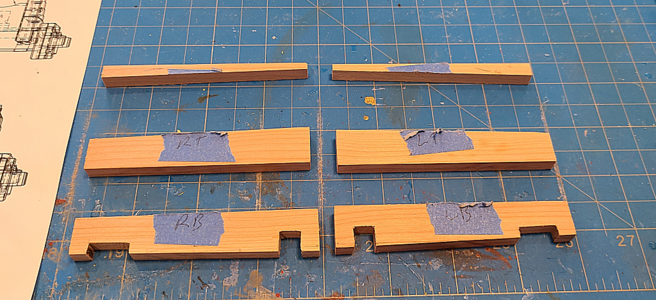
I originally intended to drill the semicircular holes for the barrel trunnion before making the top cut by drilling a hole, and then bisecting it. But I was concerned with getting exactly the right height. So I decided to cut the hole after splitting the top piece. Adding the cutoff gave me a total piece that was square to mount in the vise, and with both top pieces identical, I could use the split between them to locate the hole center:
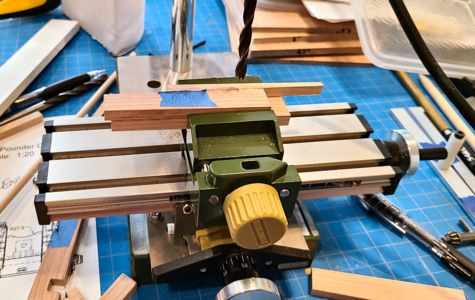
Since the brackets slope horizontally outward toward the back of the carriage, but the trunnion does not, I had to drill the hole for the trunnion at a 2.3 degree angle. I accomplished this by using my cell phone and Samsung's BubbleLevel, zeroing the reading on the movable bed of the drill press, then setting the angle using the phone on the wood to be drilled. Since I can't take a picture of my phone, I removed the case to show where it goes:
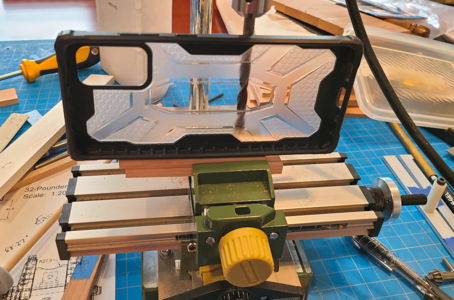
The reading in the Samsung app looks like this, for those unfamiliar:
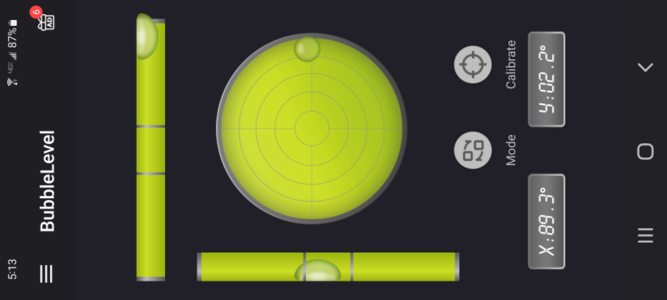
Using a brad point drill bit, the holes were drilled cleanly and accurately:
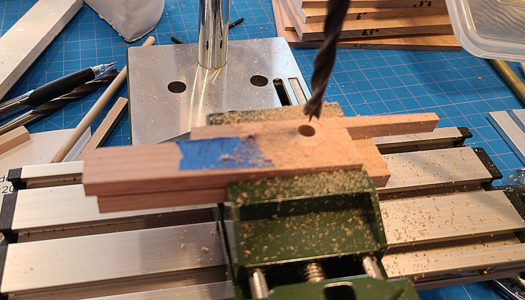
Which resulted in a good fit of my test dowel at the required 2.3 degree angle:
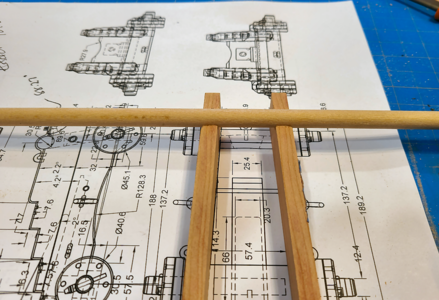
Unfortunately, after completion I realized I'd grabbed the wrong brad point drill bit, and the hole was undersize. Worse yet, I realized that the larger, correct bit would not fit into the chuck of my Proxxon drill. Worse yet, I did not have any larger drill bits on hand (5/16" was required) because I'd left all my drills at my son's new house, doing work over there. So, I borrowed a set from a neighbor, hoping to increase the hole size by drilling by hand and increasing the size in 1/64" increments. Unfortunately (a theme in this task) again, his set went from 1/4" to 5/16", so I had no choice other than to hand-hold the material, and drill it at once up to the required diameter. Nowhere near as clean and true as my setup above, but I think it will work. (Note to self: Double-check drill size next time, and if necessary get a brad point drill with a reduced size shank.)
After laying out the steps in the top half of the brackets, and using a dial caliper to measure their depth, I set the miter gauge to 2.3 degrees (okay, somewhere between 2 and 3 degrees), and cut the steps:
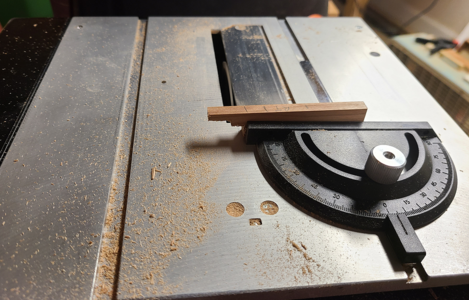
After doing both sides, I'm left with the four bracket pieces mostly shaped:
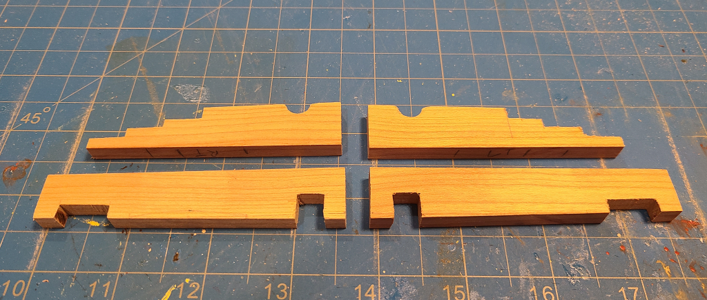
Once assembled with the axtrees, the assembly starts to look like a carriage. Here it is compared to the 3D printed one:
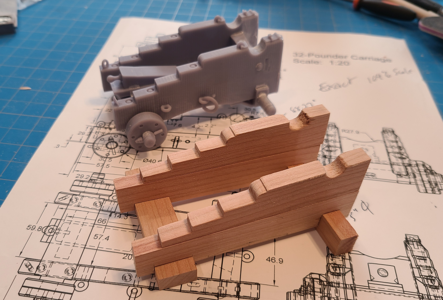
The next step is to cut the axtrees to the proper length and drill holes for the axle extensions:
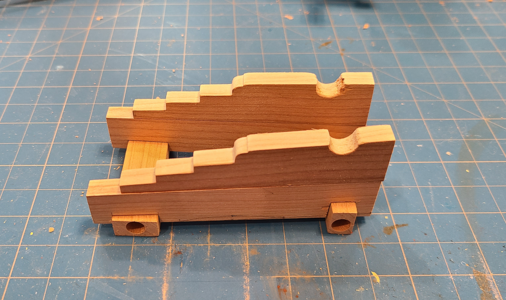
As you can see, the trunnion semi-circles don't look so good, but hopefully the trunnion and capsquares will cover up most of that. And after all, these things would wear after years of firing, right? Right?
Here I've drilled the holes for and inserted the bed bolt rod, and trimmed areas at the end of the axtree that will contact the trucks:
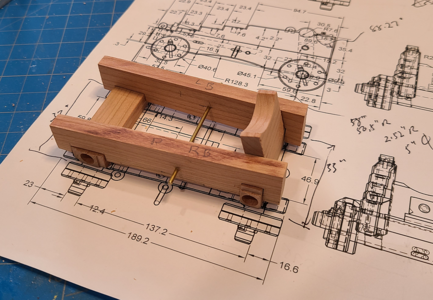
I've also added the Transom in the above pic. A more complex cut, leaning back at an angle, while slanting outward horizontally, it went easier than expected.
Next comes the boster, which is cut and positioned in place (all this is loose at this time, of course):
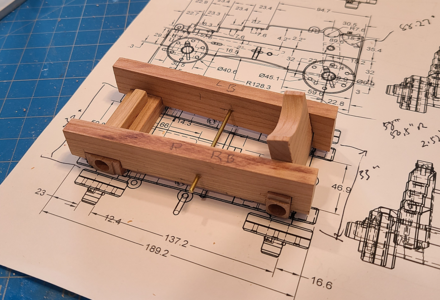
Then the Stool Bed, with a cut to locate it on the bed bolt:
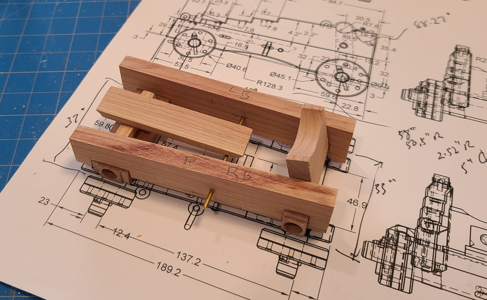
And then the Depression Chock (knob to be added later):
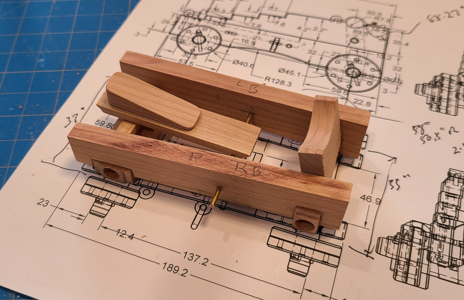
And finally, I place the upper portions of the Brackets in place:
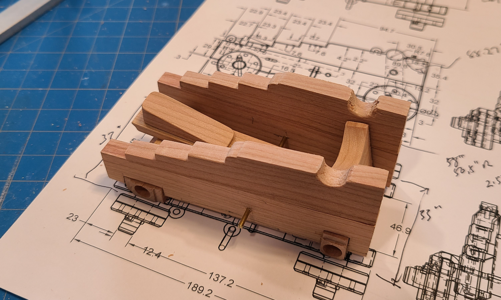
Then I contoured the bottom of the brackets: the muzzle end is sloped upward on this area, and cut the traditional radiused portion at the bottom.
So, this is where the model stands (sits) at this point:
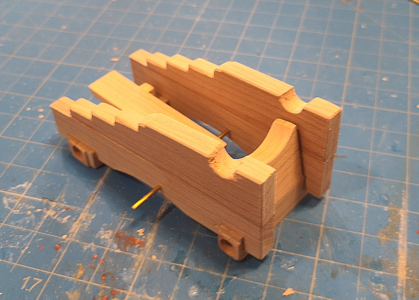
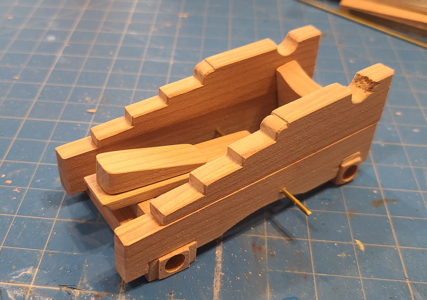
Since then, I've done additional sanding and contouring, adding the chamfers on the brackets' edges, etc. I have bolts and washers on order and will wait until I receive them to bore the holes for the various bolts going horizontally and vertically through the brackets.
It is my intention to stain all of the pieces before assembly (except the brackets, which will be glued together, top to bottom, before staining, so I will keep most of the pieces separate for now. Also have to do some experimentation with stain colors, and decide if some parts, like the trucks, should be stained differently.
Next I have to figure out how best to make the Trucks (wheels) and do them, and purchase some cherry dowel for the axtree extensions and depression chock knob. There may be a delay until I have anything more to post, but will as soon as it's available.
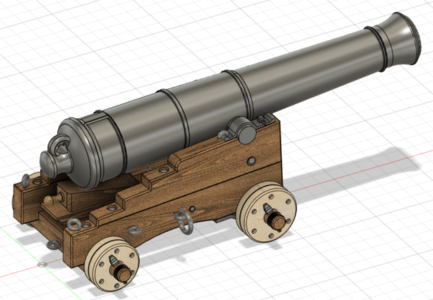
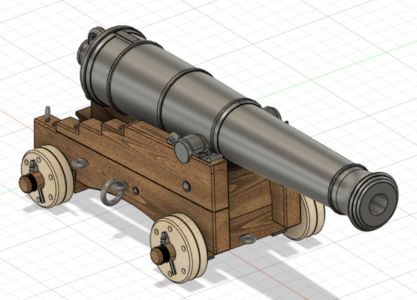
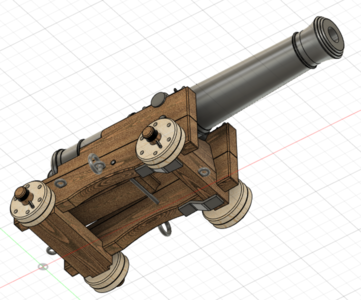
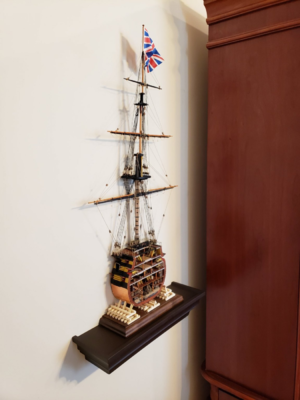
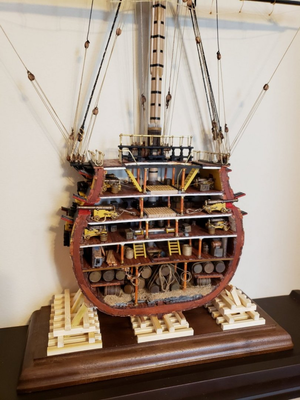

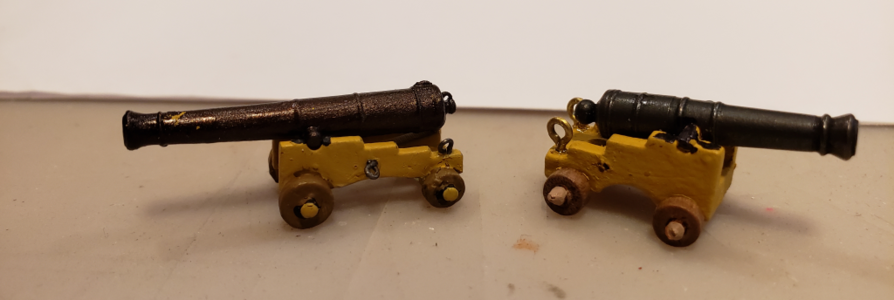










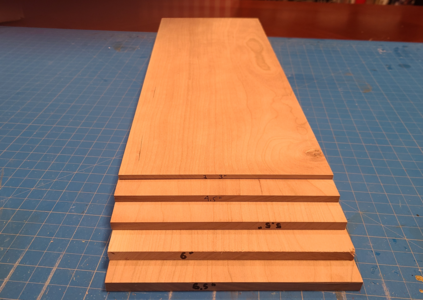
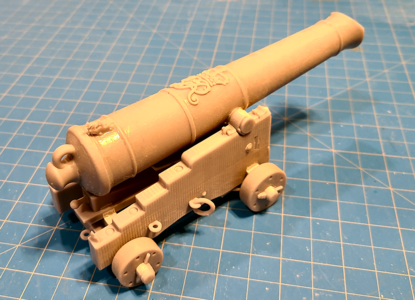
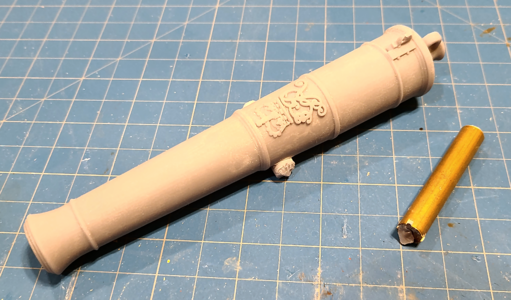
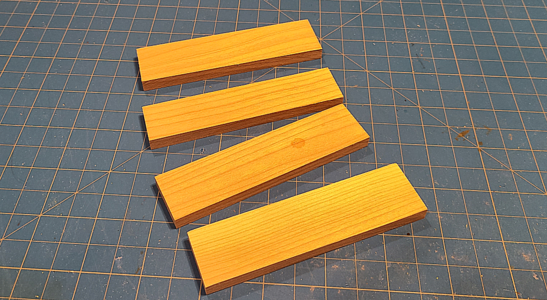
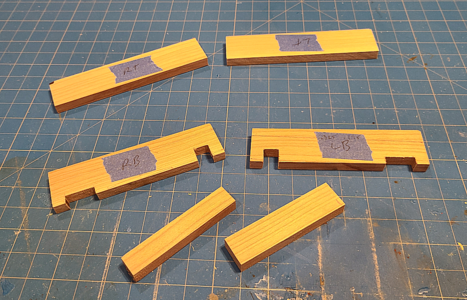
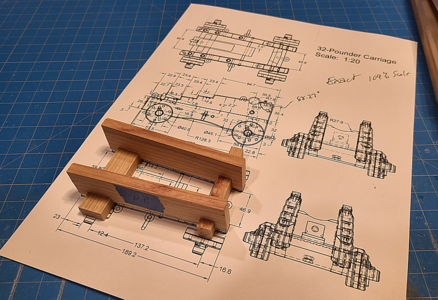
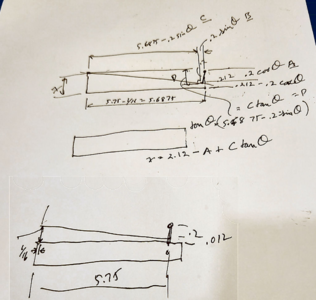
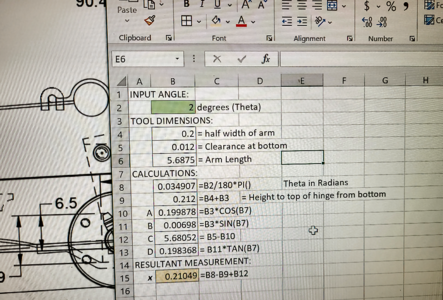
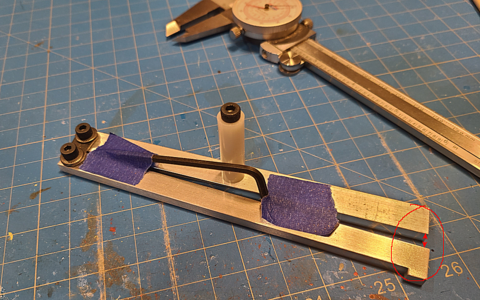
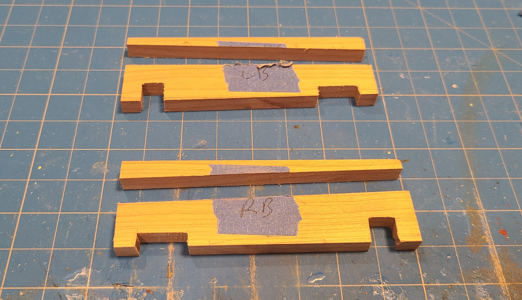
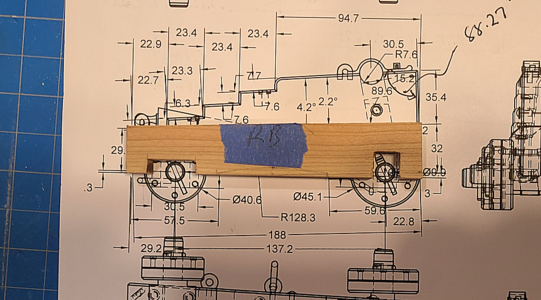

















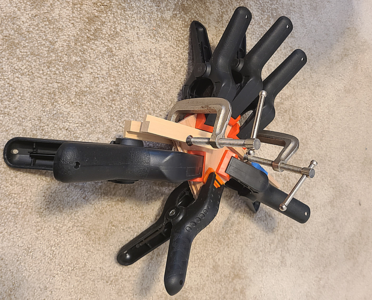
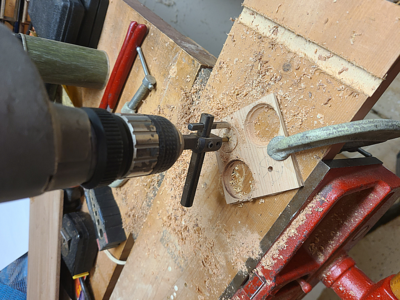
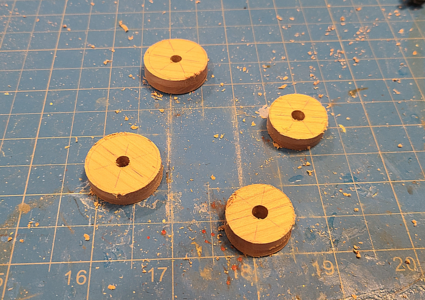
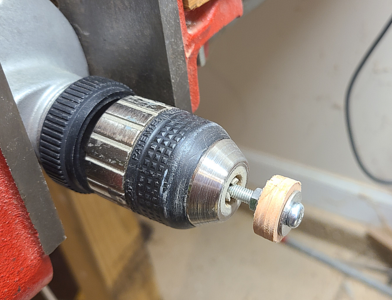
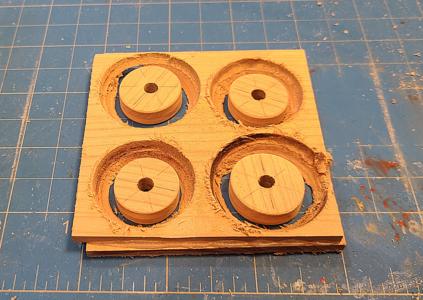
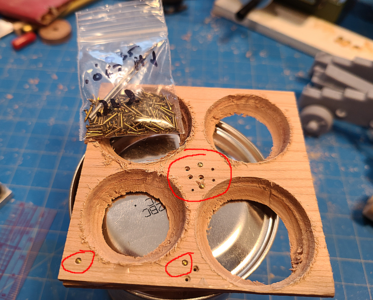
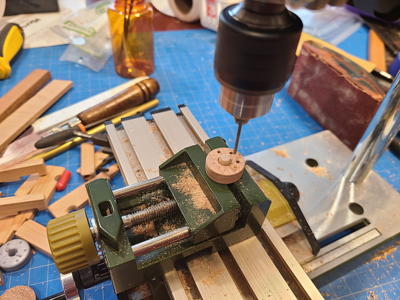
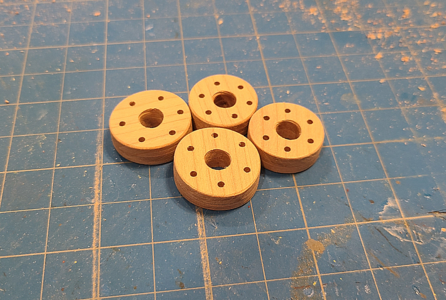
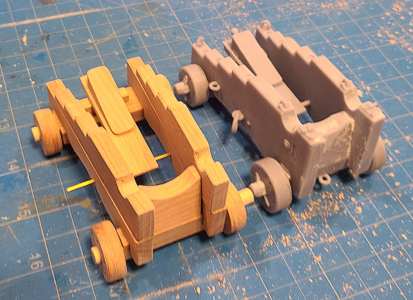
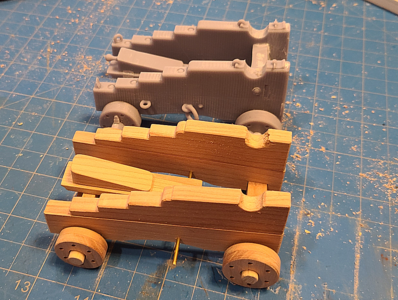
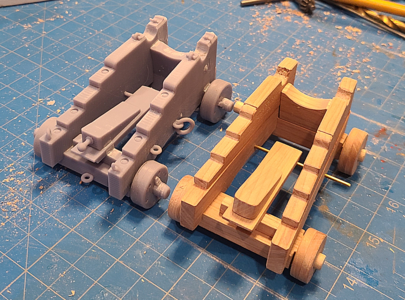
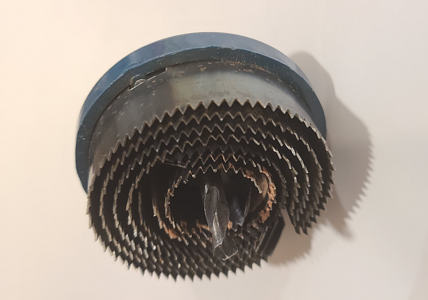
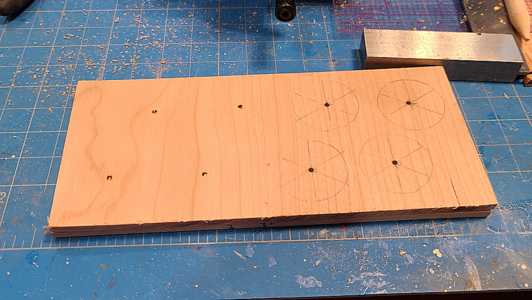
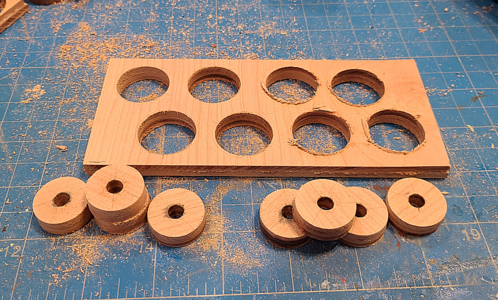
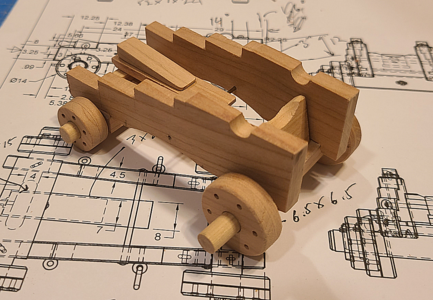
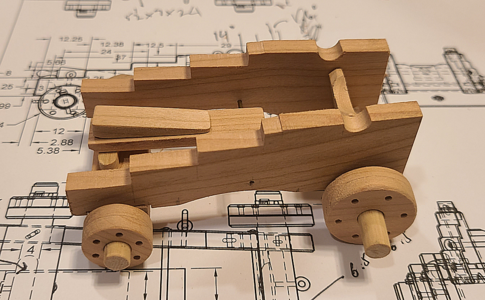
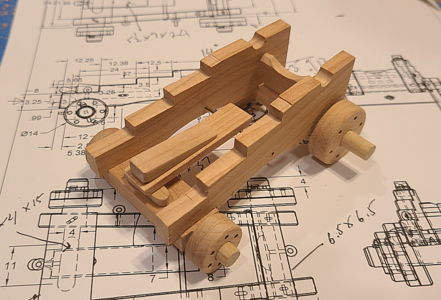


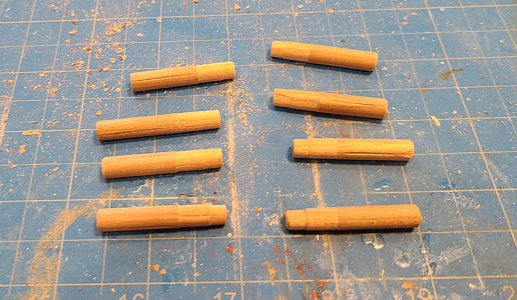
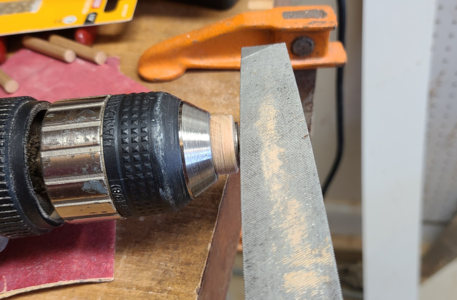
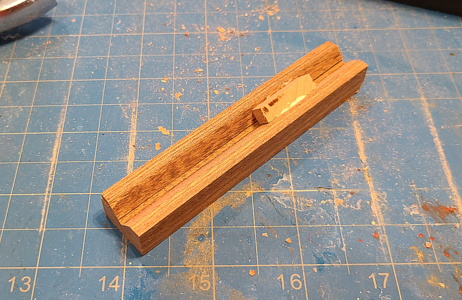
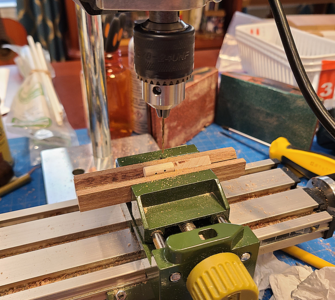
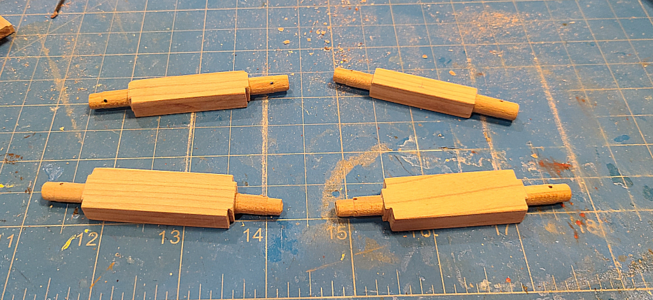
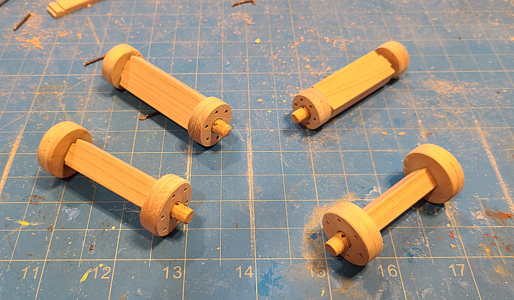
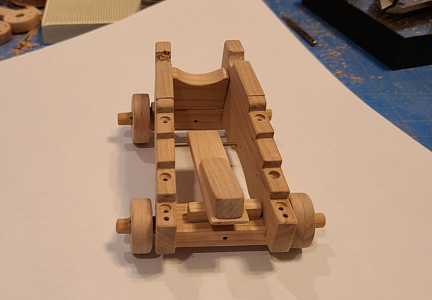
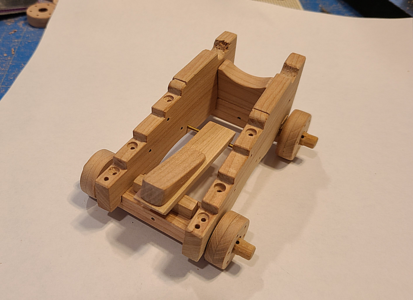
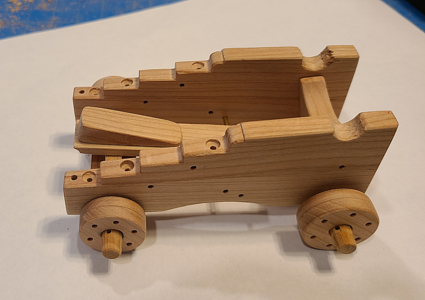
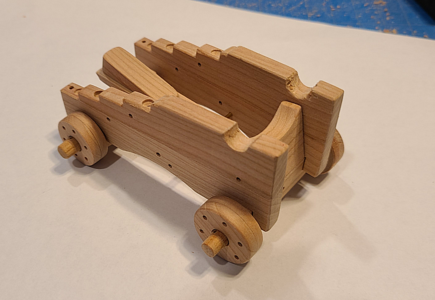
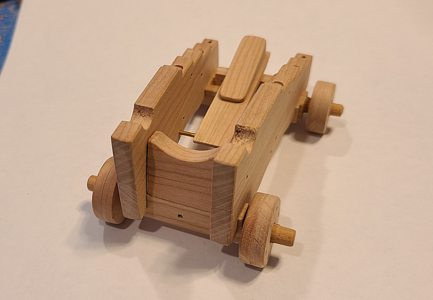
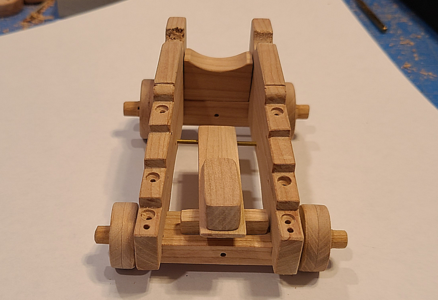
 , I guess STL files cannot be uploaded. If anyone is interested, please PM me an email to send it to, okay?
, I guess STL files cannot be uploaded. If anyone is interested, please PM me an email to send it to, okay?